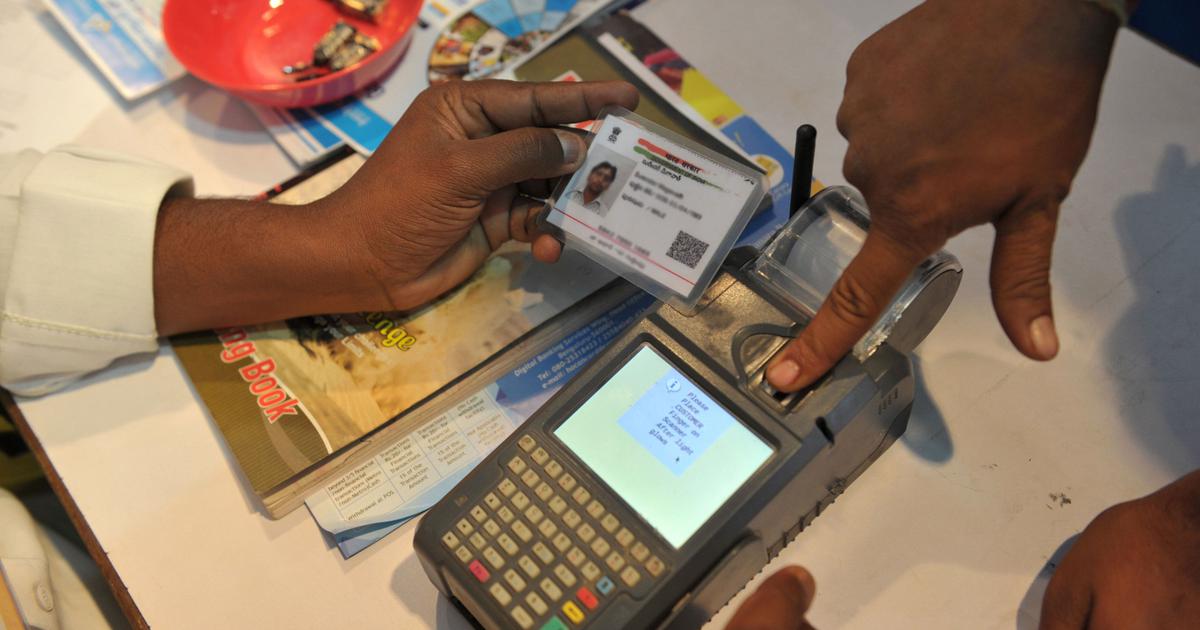11% of cyber financial frauds done through Aadhaar-enabled payment in 2023: Home ministry study
Many of these scams allegedly involve cloned or fraudulently obtained fingerprints.

Frauds committed using the Aadhaar Enabled Payment System comprised 11% of the cyber financial scams in 2023 in India, showed an analysis by the Indian Cyber Crime Coordination Centre, reported The Hindu on Friday.
The Aadhaar Enabled Payment System allows bank customers to use Aadhaar as their identity to access their Aadhaar-enabled bank account using biometrics and perform basic transactions such as balance enquiry and cash withdrawal.
The system requires customers to enter their Aadhaar number into swipe machines and authenticate a transaction – obtaining cash, for instance – by placing their finger on a scanner.
The analysis by the Indian Cyber Crime Coordination Centre, which functions under the Union Ministry of Home Affairs, showed that the Centre’s cyber crime portal (cybercrime.gov.in) and the 1930 helpline number received 13.10 lakh complaints about cyber-enabled financial frauds last year.
Most of the cases were reported from Bihar and Jharkhand.
In November, Scroll had reported on how bank customers were ending up paying for gaps in the Aadhaar Enabled Payment System as the authentication method was being used widely in the country.
In April alone last year, the government had said there had been more than 20 crore last-mile banking transactions through the Aadhaar Enabled Payment System and the network of micro ATMs.
Many of these scams allegedly involve cloned or fraudulently obtained fingerprints. The perpetrators allegedly made copies of stolen fingerprints, which were then used to authenticate financial transactions via Aadhaar, siphoning money directly out of bank accounts.
A cyber police officer in Haryana police told Scroll that fraudsters steal fingerprints from land revenue documents that are publicly available on the government’s official website for land record documents.
Cybersecurity and digital technology experts Scroll spoke to said locking biometrics may offer some level of protection but does little to address the inherent weaknesses in an ever-expanding Aadhaar-linked digital ecosystem.
Many of these problems, they say, stem from the insistence of the government over the years to link Aadhaar with various services, such as bank accounts, PAN cards, phone numbers and voter IDs. Aadhaar is also the de facto ID proof to access welfare programmes and subsidies that a vast population is dependent upon.
Also read:
Stolen fingerprints, empty bank accounts: How customers are paying for gaps in Aadhaar









